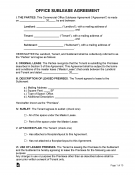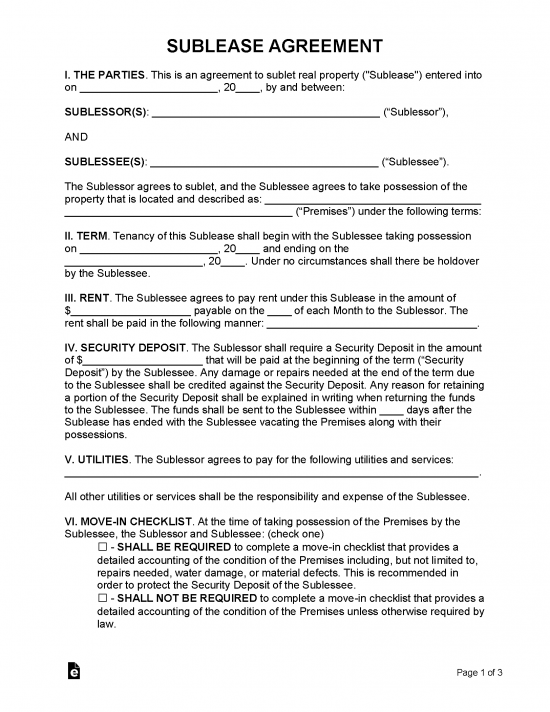A sublease is a rental contract between the tenant on a property that agrees to sublet to a subtenant. This usually requires permission from the landlord unless allowed in the tenant’s lease. Under a sublease, the tenant is directly liable for the actions of the subtenant. For example, if the subtenant violates any part of the agreement it is up to the tenant, not the landlord, to send notices and handle any possible eviction. Therefore, it is recommended that the tenant require all subtenants to complete a rental application before signing an agreement.
Landlord’s Consent to Sublet – Use to obtain permission from the landlord if subletting is prohibited in the tenant’s lease.
What is a Sublease?
A sublease or sublet is when a person who is currently under a lease re-rents the same property and space to someone else (“subtenant”). The landlord must agree and consent to any sublease or subletting situation not approved on the original lease.
By State
- Alabama
- Alaska
- Arizona
- Arkansas
- California
- Colorado
- Connecticut
- Delaware
- Florida
- Georgia
- Hawaii
- Idaho
- Illinois
- Indiana
- Iowa
- Kansas
- Kentucky
- Louisiana
- Maine
- Maryland
- Massachusetts
- Michigan
- Minnesota
- Mississippi
- Missouri
- Montana
- Nebraska
- Nevada
- New Hampshire
- New Jersey
- New Mexico
- New York
- North Carolina
- North Dakota
- Ohio
- Oklahoma
- Oregon
- Pennsylvania
- Rhode Island
- South Carolina
- South Dakota
- Tennessee
- Texas
- Utah
- Vermont
- Virginia
- Washington
- West Virginia
- Wisconsin
- Wyoming
By Type (3)
Download: Adobe PDF, MS Word, OpenDocument
Download: Adobe PDF, MS Word, Rich Text Format
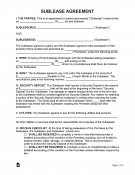 Residential Sublease Agreement
Residential Sublease Agreement
Download: Adobe PDF, MS Word, Rich Text Format
Table of Contents
How to Sublease (7 steps)
- Step 1 – Obtain Permission from the Landlord
- Step 2 – Decide what to Sublet (whole or part)
- Step 3 – Take Photos
- Step 4 – Best Websites to Sublet
- Step 5 – Screen the Subtenant
- Step 6 – Write the Sublease
- Step 7 – Subtenant Obtains Occupancy
Step 1 – Obtain Permission from the Landlord
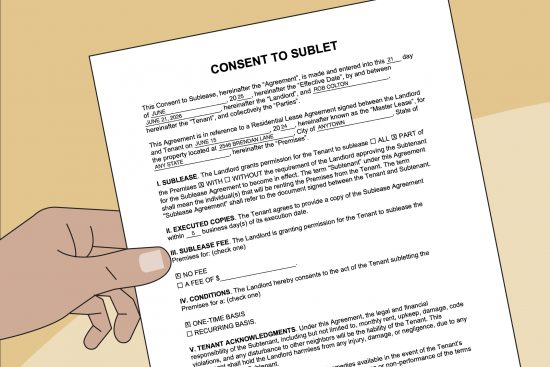
Most standard leases prohibit the tenant from subleasing the property. It’s imperative that the tenant obtain permission (which can be a difficult thing to do) before finding a subtenant (use the Landlord’s Consent Form).
TIP: Most landlords do not want to see a tenant walk away from a lease. Therefore, a tenant may have to threaten walking away to be able to sublet the property.
Step 2 – Decide what to Sublet (whole or part)
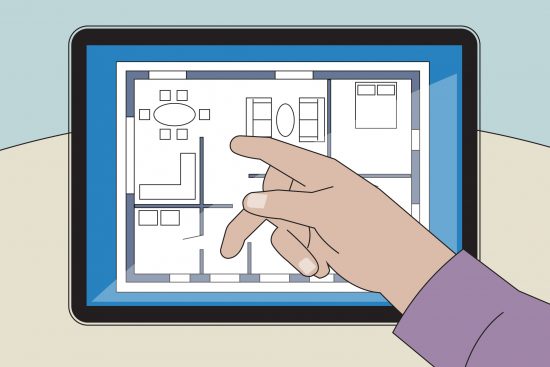
Decide whether to sublet the entire space or only a portion of it. When deciding, it’s best to look up what is available to see the price for both and choose which option makes the most sense.
Step 3 – Take Photos

Take the best photos possible that will entice potential renters to come and view the property. It is recommended to always make sure a corner of the room is in each photo to better capture the depth and size of each room.
Step 4 – Best Websites to Sublet (5)
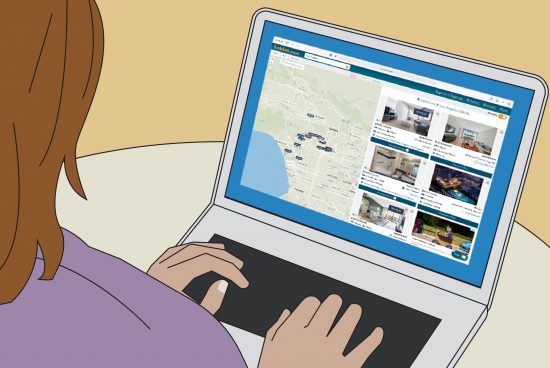
The best websites to sublet a property are as follows:
- Craigslist (low cost)
- Airbnb (high fees)
- Zillow.com (1 free listing)
- Apartments.com (1 free listing)
- Sublet.com (free with ads)
Step 5 – Screen the Subtenant
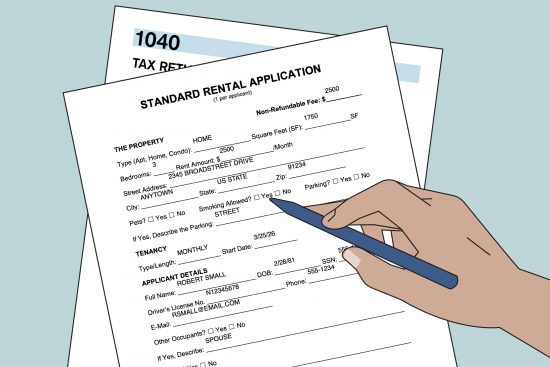
Generally speaking, subtenants are high-risk candidates to lease a property. It is highly recommended to require a rental application to be completed by the subtenant and a non-refundable fee for conducting a credit check. Use the Top 11 Tenant Screening Websites to run the consumer reports.
In addition, the last two (2) years of tax returns and current pay-stub should be required to verify their income. If the tenant is going to live with the subtenant, a background check may be required as well.
Step 6 – Write the Sublease
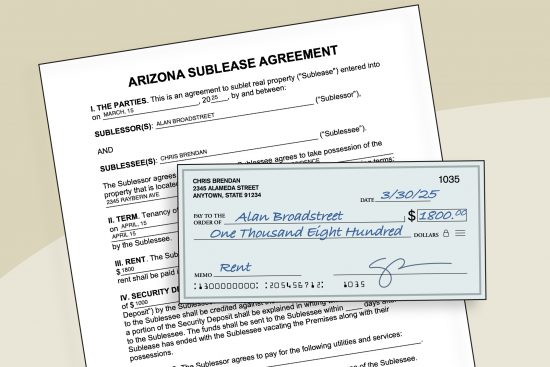
If the subtenant is approved then the parties can negotiate the final terms of an agreement. For security, the tenant should require a deposit equivalent of one (1) month’s rent and give them a copy of the original lease.
It should be understood by the subtenant that they are required to follow the terms and conditions of the original lease and the sublease.
Step 7 – Subtenant Obtains Occupancy

After the lease has been signed and the initial payments have been made (security deposit + 1st month’s rent) the subtenant will be given access to the premises. After move-in, the subtenant will have the right to live and remain on the property until the end of the sublease term.
Frequently Asked Questions (FAQs)
- Is a sublease agreement legally binding?
- Difference between an assignment and a sublease?
- Can a security deposit be charged in a sublease?
- What happens if you break a sublease?
Is a sublease agreement legally binding?
Yes, as long as the tenant is legally allowed to sublet the premises.
Difference between an assignment and a sublease?
The main difference is an assignment gets the tenant off the hook where a sublease requires the tenant remain liable on the original lease. For example, under an assignment, if the new tenant stops paying rent it is the landlord’s problem. Under a sublease, the subtenant not paying rent would require the tenant to pay the monthly amount in their original lease.
Can a security deposit be charged in a sublease?
Yes, a security deposit can be charged as long as it follows State landlord-tenant law. A common requirement is to charge the equivalent one (1) month’s rent as the security deposit.
What happens if you break a sublease?
If a subtenant breaks a sublease the tenant will be liable to evict the subtenant, not the landlord. For non-payment, the tenant would have to send an official notice to the subtenant, wait for the notice period, and hope to be paid. If not, the subtenant will be required to vacate the property or else the tenant will be required to file an eviction process with the local court.
All while the tenant is still required to pay rent to the landlord for the amount stated in the original lease.

